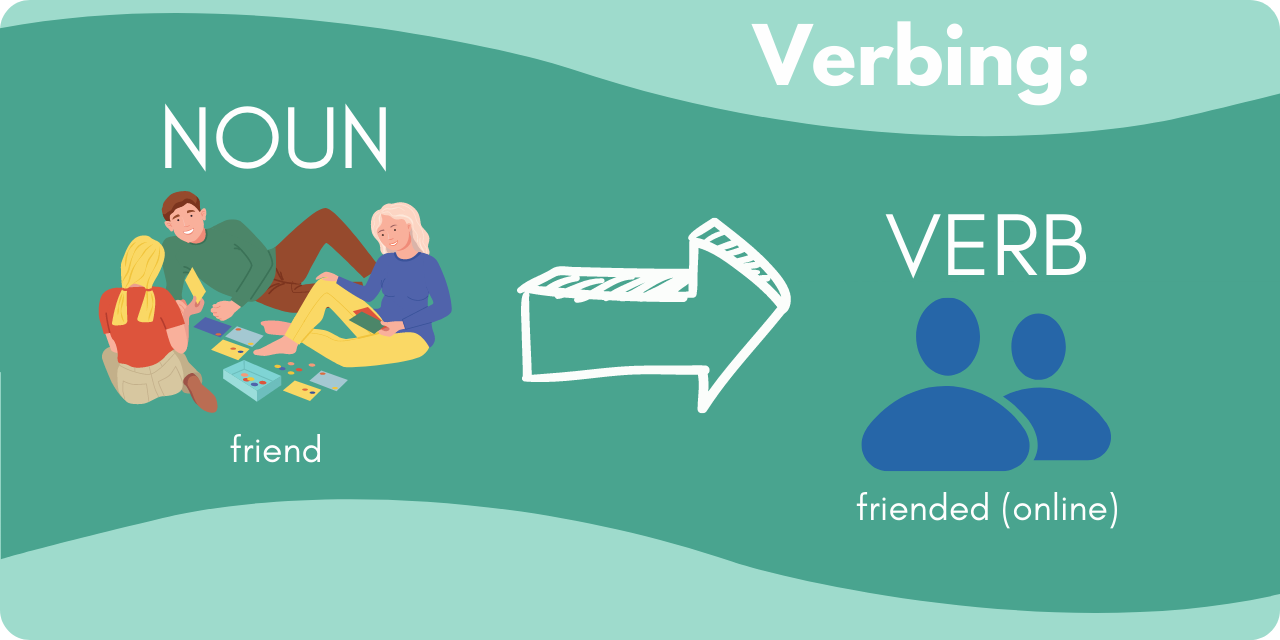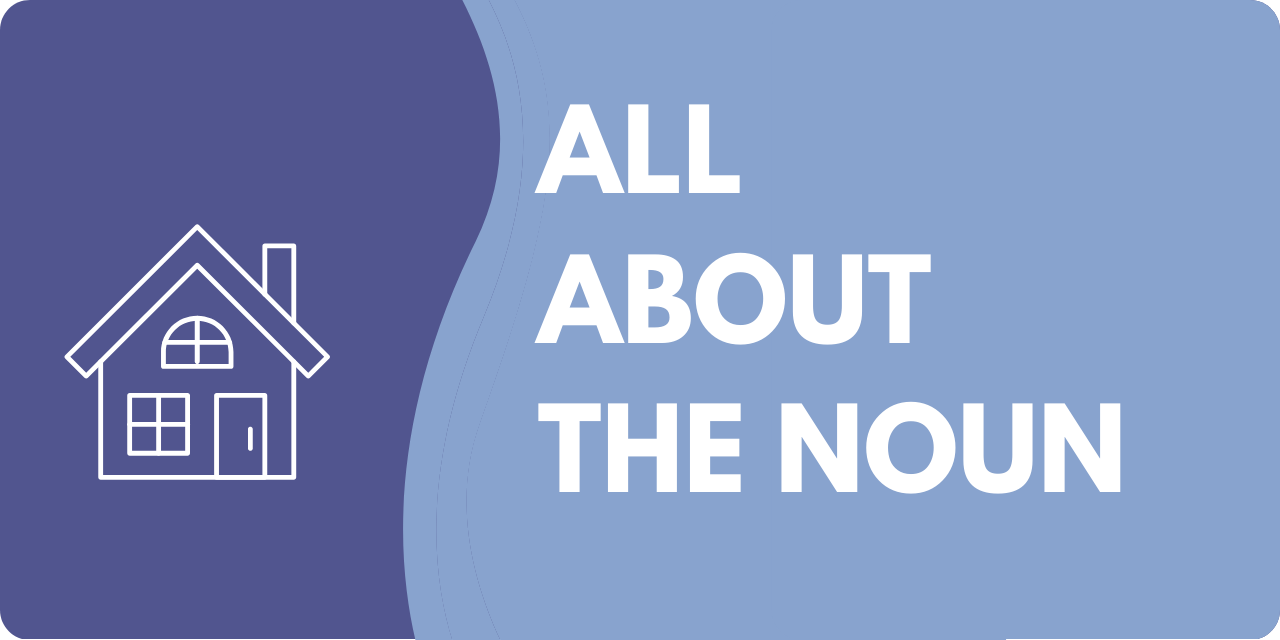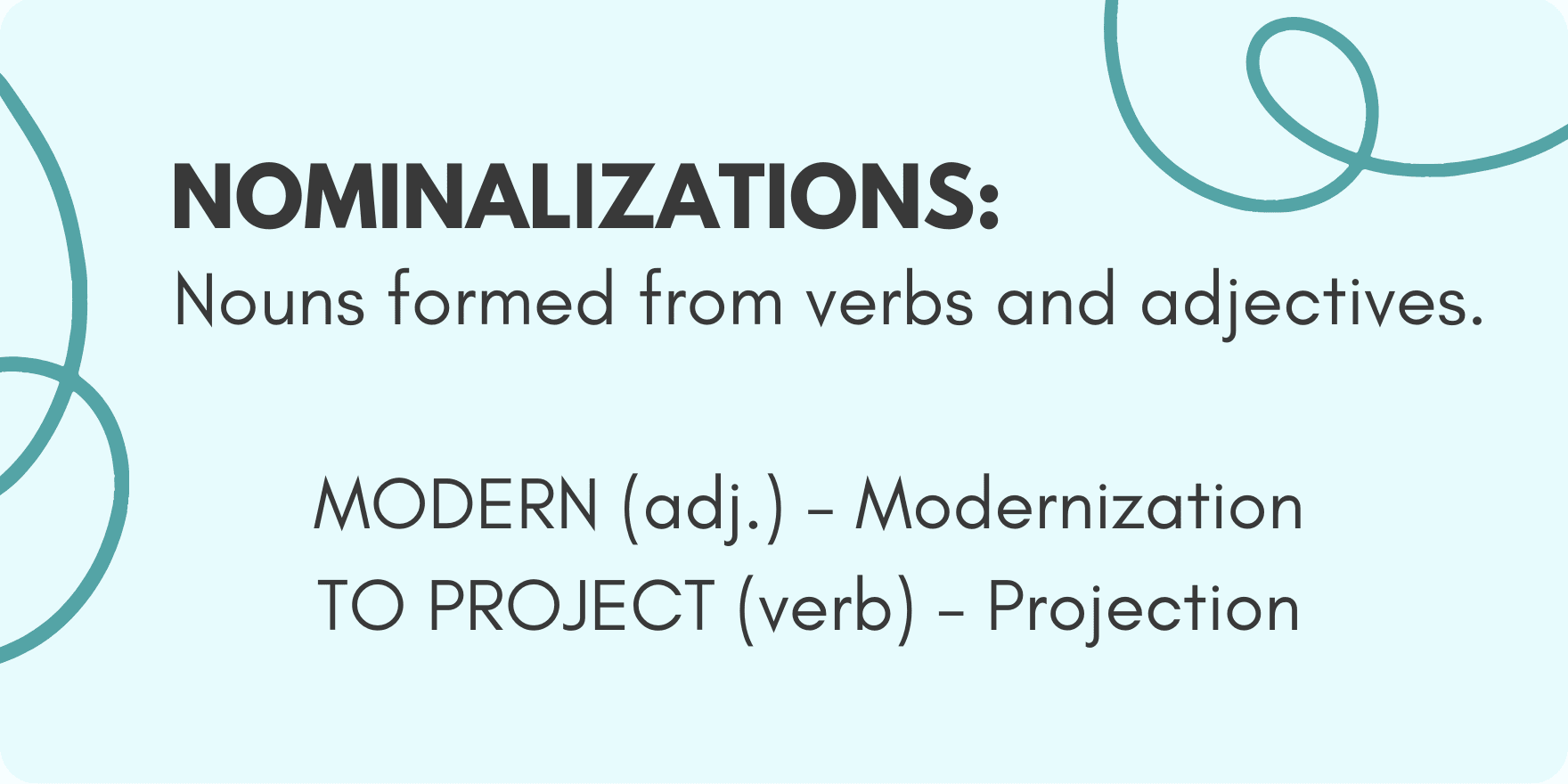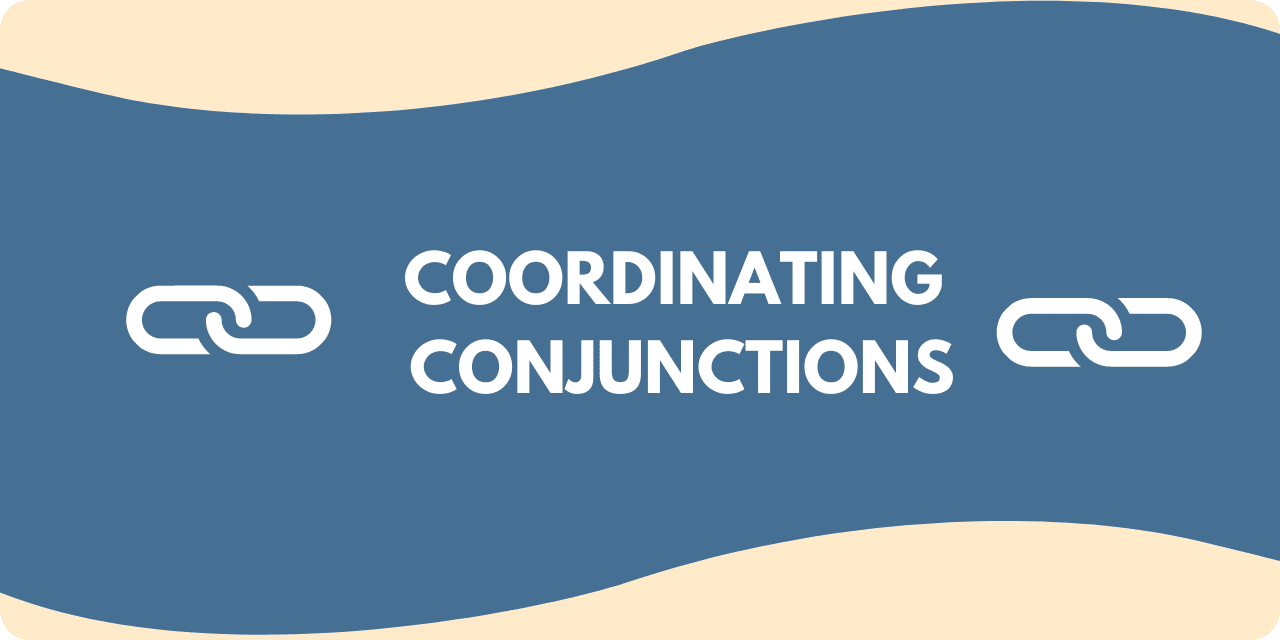Did you know you can turn a noun into a verb? This is called “verbing” or “to verb.” If you use a noun in place of a verb, most people will understand what you mean. Verbing is mostly for informal situations. It’s also good to know that some people think verbing is annoying.
One common example of verbing is to say that you friended someone on Facebook. Friend is a noun. Adding an -ed turns it into a verb. People will sometimes do this even if there is already a verb form of that word. Consider the verb befriend, which means to make friends with someone. However, many people choose to say friending instead.

Verbing
There are a few different ways to say that you’re turning a noun into a verb. Verbification is the noun form of it. Some people also use the word verbify.
Here are some other examples of verbified words:
Let’s table the plan until tomorrow.
The chef plated the meal well.
She hasn’t deplaned.
Here are some examples of brands that have been verbified:
He googled the job applicant.
She had to xerox the contract.
I’m excited to skype my family later.
Some new verbs are fads, but others become standard words over time.
Related: Now learn about the “simile” to further enrich your writing tool belt!
Want to sharpen your business writing skills? Discover our acclaimed online courses at syntaxtraining.com






